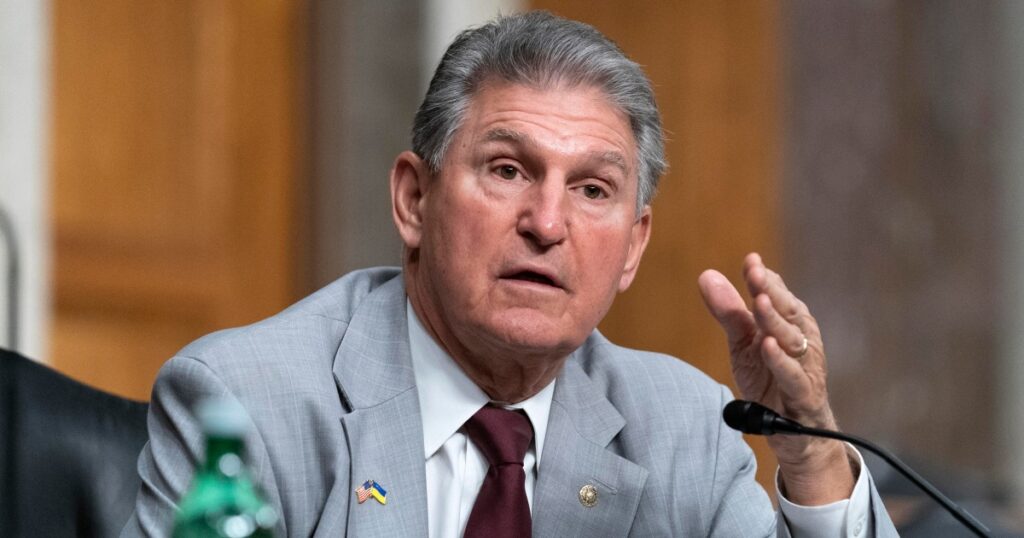Understanding the Debt Ceiling: What You Need to Know
The debt ceiling is a crucial aspect of the United States’ financial system that often sparks heated debates and discussions. In simple terms, the debt ceiling is the maximum amount of money that the US government can borrow to fund its operations and meet its financial obligations. It is set by Congress and serves as a limit on the total amount of outstanding debt the government can have. When the debt ceiling is reached, the government is unable to borrow more money, which can have severe consequences for the economy.
The debt ceiling is a mechanism designed to control government spending and ensure fiscal responsibility. It acts as a check on the government’s ability to accumulate excessive debt and helps maintain the stability of the financial system. However, reaching the debt ceiling can lead to a government shutdown or default on its financial obligations, which can have far-reaching consequences. Therefore, it is crucial for lawmakers to reach a consensus on raising the debt ceiling to avoid such scenarios.
Analyzing the Debt Ceiling Deal: Key Details and Implications
The debt ceiling deal refers to the agreement reached by lawmakers to raise or suspend the debt ceiling, allowing the government to continue borrowing money to meet its financial obligations. This deal is often a result of intense negotiations and compromises between political parties. The key details of the debt ceiling deal include the amount by which the debt ceiling will be raised or suspended and any accompanying measures to address the government’s spending or revenue issues.
The implications of the debt ceiling deal are significant for the economy and financial markets. Raising the debt ceiling ensures that the government can continue to function without defaulting on its debt payments. It provides stability and confidence to investors, preventing disruptions in financial markets. However, the debt ceiling deal may also involve certain conditions or compromises that can impact government spending, taxation, or other fiscal policies. These conditions can have broader implications for the economy, such as potential changes in government programs or policies.
In conclusion, understanding the debt ceiling and the implications of the debt ceiling deal is crucial for comprehending the functioning of the US financial system. The debt ceiling acts as a limit on the government’s borrowing capacity, while the debt ceiling deal determines the terms under which the government can continue borrowing. By raising or suspending the debt ceiling, lawmakers ensure the government’s ability to meet its financial obligations and maintain stability in the economy. However, the debt ceiling deal may also involve conditions that can impact fiscal policies and have broader implications for the economy.







